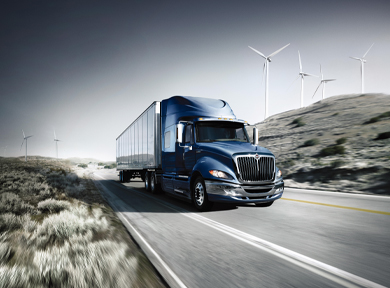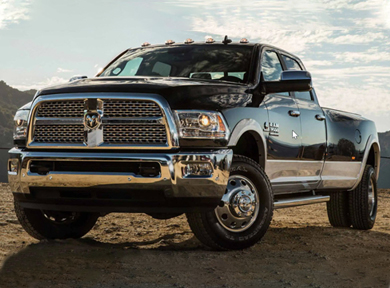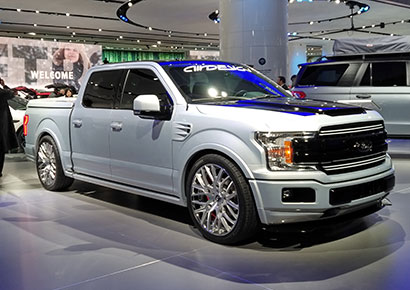Market Sustainability
SinterCast is widely recognised as the company that initiated and enabled the industrial movement toward CGI. We will continue to promote CGI within the foundry and end-user communities to increase the overall market opportunity and to define the forefront of CGI development, production and application. SinterCast will also build upon its technical expertise in precision measurement and process control to develop new technologies beyond the core CGI market, such as our Tracking Technologies. Our overall goal of improving process efficiency in the foundry industry and fuel efficiency on the roads will provide long-term value for SinterCast and for society.
SinterCast has enjoyed double-digit compounded annual growth rates (CAGR) since the start of high volume series production in 2003, and we expect continued double-digit CAGR in the future. Following the first full-year profit in 2006, SinterCast provided its first dividend for the financial year 2010.
Sustainable Business and Profitability
Environmental legislation has driven our growth over the last 20 years and it will continue to do so in the future. The demand for improved fuel efficiency and reduced CO2 emissions provided the opportunity for SinterCast to prove its technology and to prove the benefits of CGI. Since then, the increasing focus on CO2 emissions has increased engine loading, thereby increasing the need for CGI and providing long-term sustainability for our business and long-term opportunities for SinterCast to contribute to the environment.


Commercial Vehicles: In our largest end-user market, commercial vehicles, the diesel powertrain accounts for more than 95% of global heavyduty long-haul transport. While batteries and fuel cells receive considerable media attention, these technologies are still in their infancy, from both the technical and the TCO (Total Cost of Ownership) perspectives. Many heavy-duty engines already use CGI and the industry consensus is that most engines will migrate to CGI to meet future emissions legislation. In the United States, the Diesel Technology Forum forecasts that the majority of heavy-duty long-haul commercial vehicles will remain diesel in 2040. Heavy duty commercial vehicles are our biggest growth opportunity, providing sustainable long-term revenue for our shareholders and long-term environmental contributions for society.
Super-Duty Pick-ups: In the North American Super-Duty pick-up truck market, the SinterCast-CGI engines offered in the Ford and Ram trucks are the most fuel-efficient engine options, providing 20–30% better fuel economy, and up to 40% when towing. The super duty sector is the domain of diesel, with driving range and pulling power determining the engine choice for most owners. The Super-Duty sector is not a near-term target for electrification, and when electrification does eventually reach this sector, industry analysts generally agree that the initial inroads will be made against the petrol powertrain options. We see the prolonged need for CGI and diesels, well into the 2030’s, and beyond.

Full-size Pick-ups: The SinterCast-CGI 2.7 litre petrol engine is the smallest, lightest and most fuel efficient engine option in the Ford F-150, positioning it as the best alternative to electrification. Benefitting from predicted growth in pick-up sales, and with planned application in additional vehicles, we look forward to growth over the next decade.